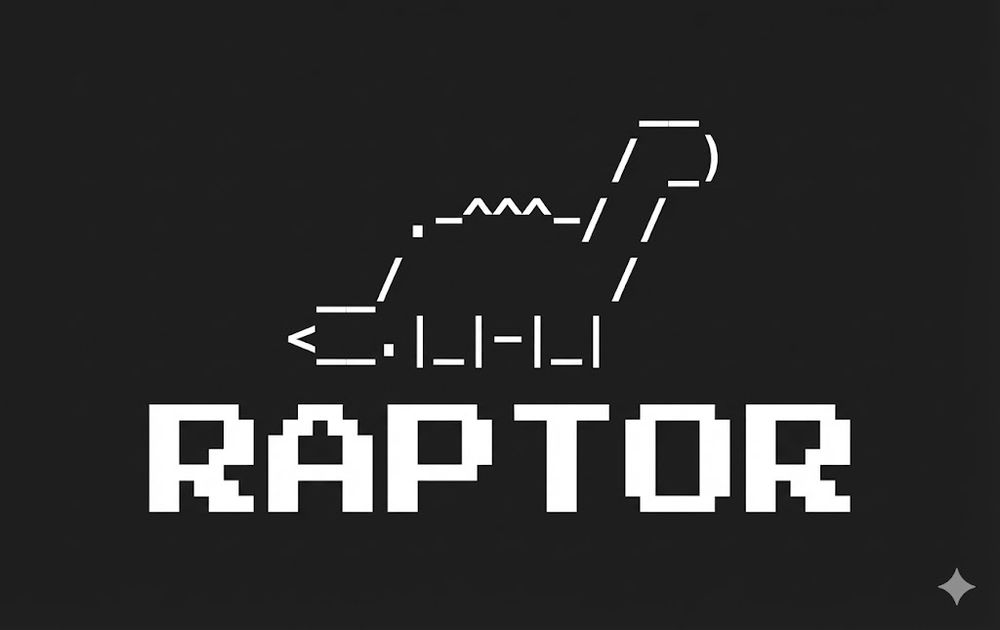Now this is funny, scary, and great PR all in one. I love it.
www.wsj.com/tech/ai/anth...

Now this is funny, scary, and great PR all in one. I love it.
www.wsj.com/tech/ai/anth...
I'm honored to serve as the conference committee and review board chair, and encourage you to submit a talk.
unpromptedcon.org

I'm honored to serve as the conference committee and review board chair, and encourage you to submit a talk.
unpromptedcon.org
Thread

Thread
This is really cool research from Irregular on model effectiveness in offensive cyber
As Roman Gurevich said, last year it was single digit, and now success is at 80%
www.irregular.com/publications...
More in next post

This is really cool research from Irregular on model effectiveness in offensive cyber
As Roman Gurevich said, last year it was single digit, and now success is at 80%
www.irregular.com/publications...
More in next post
A deep dive into AI coding, from architecture and effective rules to environment security.
When: December 29th, 6 pm to 10 pm.
Register soon, space is limited >>> luma.com/1geifqsh

A deep dive into AI coding, from architecture and effective rules to environment security.
When: December 29th, 6 pm to 10 pm.
Register soon, space is limited >>> luma.com/1geifqsh
…
…
This CSides cross-CISO communities event is open to CISOs only.
Register here:
luma.com/chtwexv0
This CSides cross-CISO communities event is open to CISOs only.
Register here:
luma.com/chtwexv0
youtu.be/9sOqaYpTiUU
Soooo good

youtu.be/9sOqaYpTiUU
Soooo good
Patch now
Patch now
עמ:לק: במהלך צפייה במחזה ״ארקדיה״ של סטופארד, רופא שחקר אז התקדמות של סרטן השד הבין שהוא משתמש באלגוריתם פשטני מדי, ושעליו לשלב תיאוריית כאוס. התובנה גרמה לי לפתח טיפול כימותרפי בגישה שהתגלתה כיעילה יותר, והצילה חיים.
github.com/gadievron/ra...
a good step in the right direction re: LLM use for security - excited to play around with it
llms work best as helpful juniors freeing up seniors, leads, etc for more artisanal tasks as it were

github.com/gadievron/ra...
a good step in the right direction re: LLM use for security - excited to play around with it
llms work best as helpful juniors freeing up seniors, leads, etc for more artisanal tasks as it were
Let's rock.
Get it from GitHub, here:
github.com/gadievron/ra...

Let's rock.
Get it from GitHub, here:
github.com/gadievron/ra...
The Future:

The Future:
- PhD-level research → freshman-level oversight
- A masterclass in building on unvalidated assumptions
- Status: The emperor has no clothes, but the wardrobe documentation is exceptional.
And this killer conclusion: (cont’)
- PhD-level research → freshman-level oversight
- A masterclass in building on unvalidated assumptions
- Status: The emperor has no clothes, but the wardrobe documentation is exceptional.
And this killer conclusion: (cont’)
youtube.com/shorts/czLOe...

youtube.com/shorts/czLOe...


I can’t wait to step in and say, as you’d expect of me by now:
“Another day, another proof for the upcoming AI vulnerabilities cataclysm.”
🙂
Cont’
I can’t wait to step in and say, as you’d expect of me by now:
“Another day, another proof for the upcoming AI vulnerabilities cataclysm.”
🙂
Cont’
In this new research from Knostic, we demonstrate this attack via registering a local MCP server with malicious code, which in turn harvests credentials and sends them to a remote server 🧵https://app.getkirin.com/
In this new research from Knostic, we demonstrate this attack via registering a local MCP server with malicious code, which in turn harvests credentials and sends them to a remote server 🧵https://app.getkirin.com/
In this new research from Knostic, we demonstrate this attack via registering a local MCP server with malicious code, which in turn harvests credentials and sends them to a remote server 🧵https://app.getkirin.com/
I fell down the rabbit hole of trying to figure this out
I fell down the rabbit hole of trying to figure this out
Go Strix.
github.com/usestrix/strix

Go Strix.
github.com/usestrix/strix


